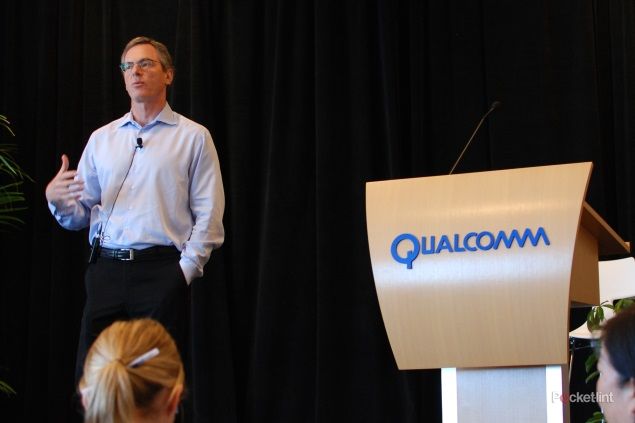Qualcomm has taken great pleasure in showing the world the graphic potential of the next generation of Snapdragon-powered handsets but if your real hope in mobile use is to get significantly better battery life, then you’d best not hold your breath.
According to Qualcomm CEO, Dr Paul Jacobs, rather than holding out for new battery technology your best bet in the short terms is to plug it in a bit more often. While speaking at the company’s Uplinq 2012 conference in San Diego, he said:
“We looked at all the different battery technologies. It hasn’t seemed like that’s progressed rapidly enough. We’ve put in a lot effort into reducing the power consumption of the chipset. We’ve invested a lot in Mirasol technology, because it turns out that the display uses a lot of power in the phone. The phones are definitely getting better but it’s not happening fast enough.”
At the same time, Qualcomm’s new competitor in the mobile chip field, computer CPU giant Intel, has been crowing about how much battery life it’s possible to get out of the first Intel-powered smartphone, curiously enough dubbed the Orange San Diego. Indeed our own review of the device showed it would give two whole days of modest use - about double that of the competition.
Of course, this single-core, Intel-powered mobile is considerably lower spec than the Snapdragon phones in question and, the verdict from Jacobs himself is that,“their chips are not as power efficient”.
The difference in battery performance, then, seems to be down to how the two platforms wish to position themselves, and the devices on which they sit, and, while one is more keen to impress with high-end graphics, powerful apps and killer user experiences, the other chooses to strike a more practical-focused balance and errs towards staying power. So, is there any advice for those seeking to get more juice out of their top spec smartphones?
“Top if up more frequently,” is the most realistic solution according to Jacobs. “That seems to be the most likely near-term fix and, after that, getting the displays to be more power efficient is the next opportunity for us.”
The trouble, of course, is that the times that most users tax their phone batteries the most is when they're out and about and using their devices as stand-in computers and games consoles, and that's also the time that it's hardest of all to plug in and juice up again.
In the medium term, the Qualcomm WiPower platform - a wireless power solution technology - could provide an answer when heading into the office or some other such known location, and developments in the Mirasol low power display will also help a great deal if fitted into devices as standard. Until then, though, don't forget to leave home without your power adapter.
- Qualcomm SDK promises consumers reasons to stick with Snapdragon

